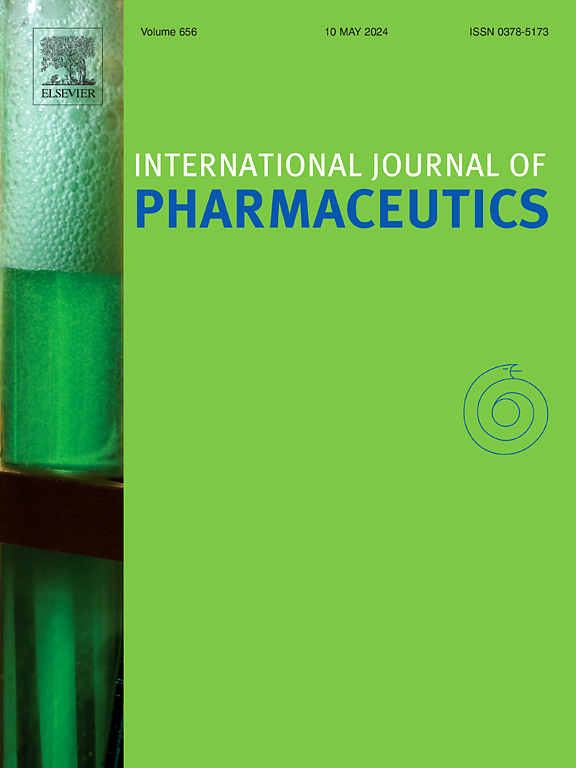Natural deep eutectic solvents (NADES) in drug delivery systems: Characteristics, applications, and future perspectives
IF 5.3
2区 医学
Q1 PHARMACOLOGY & PHARMACY
引用次数: 0
Abstract
Deep eutectic solvents (DESs) are a class of low-melting mixtures formed by the hydrogen-bond interactions between hydrogen bond acceptors (HBAs) and hydrogen bond donors (HBDs) in specific molar ratios. Their unique physicochemical properties enable DESs to significantly enhance drug solubility and permeability, while also serving as carriers to facilitate efficient drug delivery. A subclass of DESs, natural deep eutectic solvents (NADESs), is found in the metabolites of natural organisms, such as plants. With low toxicity and biodegradability, NADESs possess distinct advantages for applications in the pharmaceutical field.The therapeutic efficacy of drugs is often limited by imprecise release mechanisms, leading to the metabolism or degradation of a portion of the drug before it reaches the target site, thereby reducing its effectiveness. Moreover, many drugs exhibit poor solubility and stability, resulting in low efficiency during absorption and metabolism, which further diminishing their therapeutic impact. NADESs, with their excellent tunability and biocompatibility, have demonstrated great potential in drug delivery systems.This paper first provides an overview of the fundamental characteristics of NADESs, followed by a detailed summary of recent advancements and applications of NADESs across various administration routes, including transdermal, mucosal, and inhalation drug delivery. Finally, the paper explores the prospects of NADESs in novel drug delivery systems and proposes strategies for optimizing their performance to promote clinical applications.

天然深共熔溶剂(NADES)在药物输送系统:特点,应用和未来展望
深共晶溶剂是一类由氢键受体(HBAs)和氢键供体(HBDs)按一定摩尔比的氢键相互作用形成的低熔点混合物。其独特的物理化学性质使DESs能够显著提高药物的溶解度和渗透性,同时也可以作为载体促进有效的药物递送。天然深共晶溶剂(NADESs)是DESs的一个亚类,存在于植物等自然生物的代谢物中。NADESs具有低毒性和可生物降解性,在制药领域具有明显的应用优势。药物的治疗效果往往受到不精确的释放机制的限制,导致部分药物在到达靶点之前代谢或降解,从而降低其有效性。此外,许多药物的溶解度和稳定性较差,导致吸收和代谢效率低,进一步降低了其治疗效果。NADESs具有良好的可调性和生物相容性,在给药系统中显示出巨大的潜力。本文首先概述了NADESs的基本特征,然后详细总结了NADESs在各种给药途径(包括透皮、粘膜和吸入给药)中的最新进展和应用。最后,本文探讨了NADESs在新型给药系统中的应用前景,并提出了优化其性能以促进临床应用的策略。
本文章由计算机程序翻译,如有差异,请以英文原文为准。
求助全文
约1分钟内获得全文
求助全文
来源期刊
CiteScore
10.70
自引率
8.60%
发文量
951
审稿时长
72 days
期刊介绍:
The International Journal of Pharmaceutics is the third most cited journal in the "Pharmacy & Pharmacology" category out of 366 journals, being the true home for pharmaceutical scientists concerned with the physical, chemical and biological properties of devices and delivery systems for drugs, vaccines and biologicals, including their design, manufacture and evaluation. This includes evaluation of the properties of drugs, excipients such as surfactants and polymers and novel materials. The journal has special sections on pharmaceutical nanotechnology and personalized medicines, and publishes research papers, reviews, commentaries and letters to the editor as well as special issues.

 求助内容:
求助内容: 应助结果提醒方式:
应助结果提醒方式:


